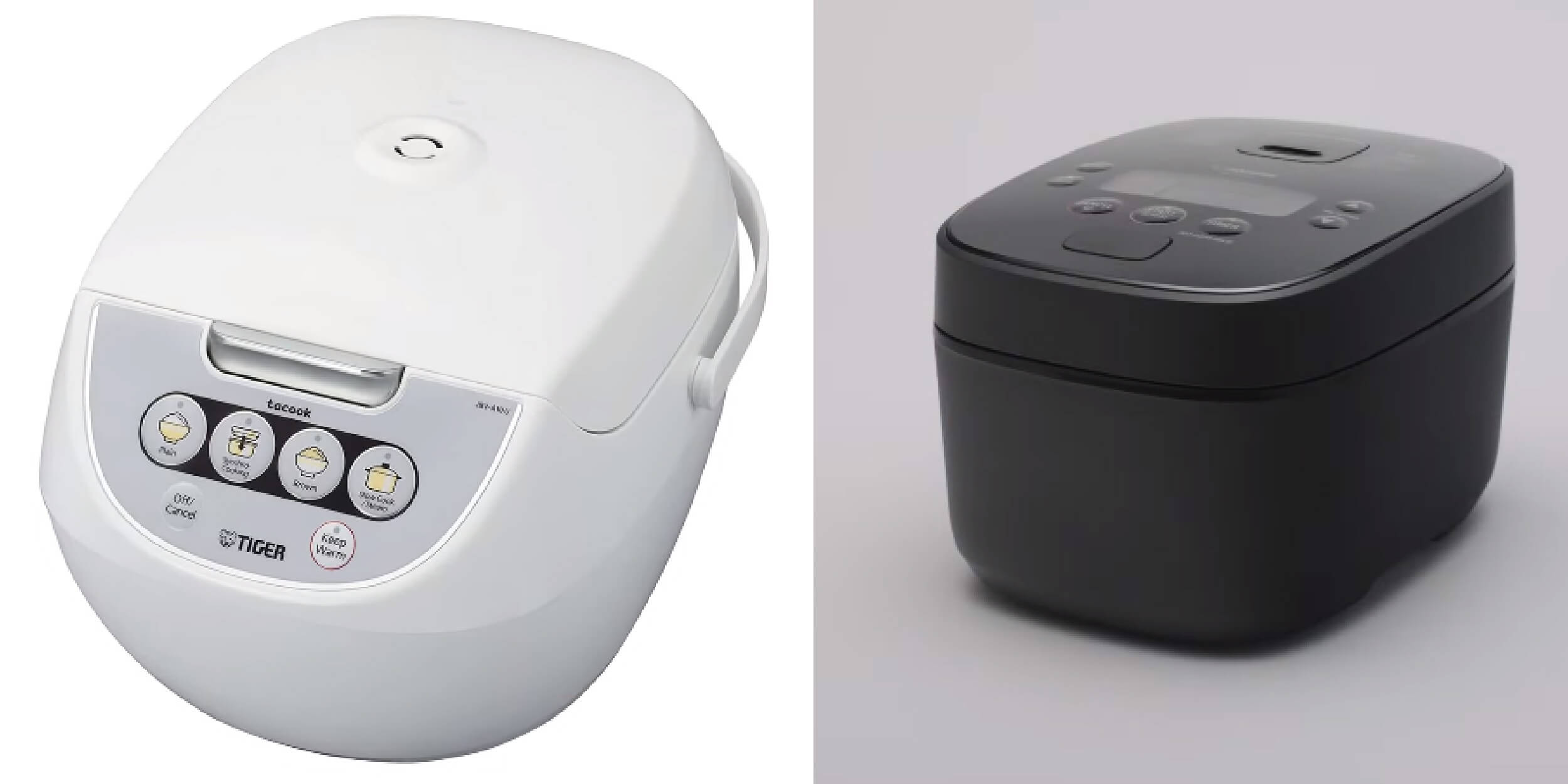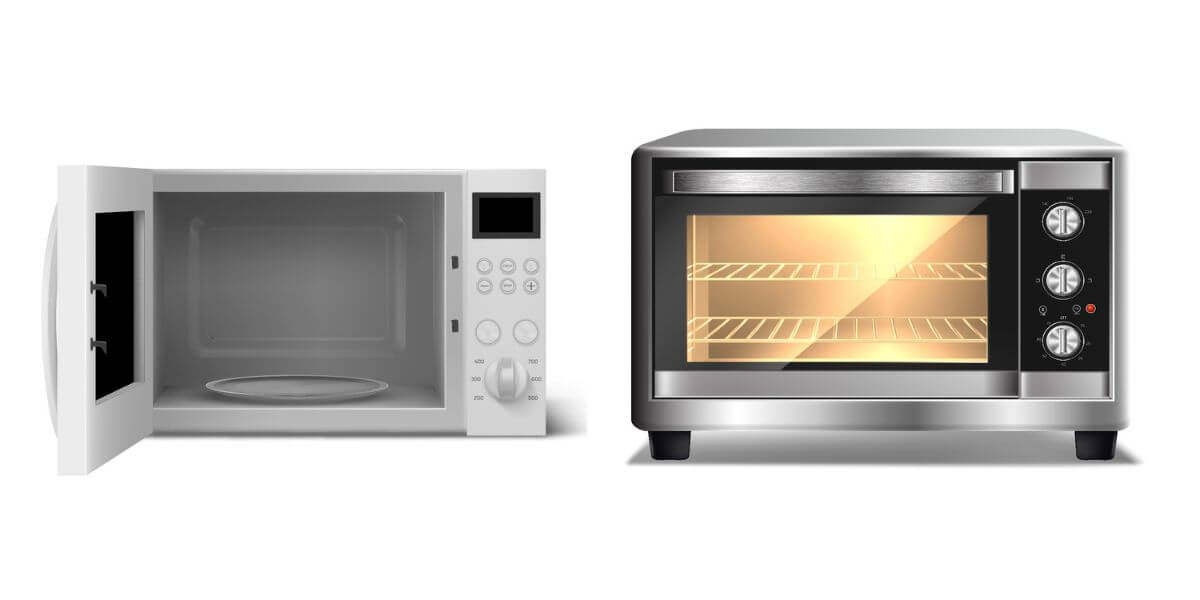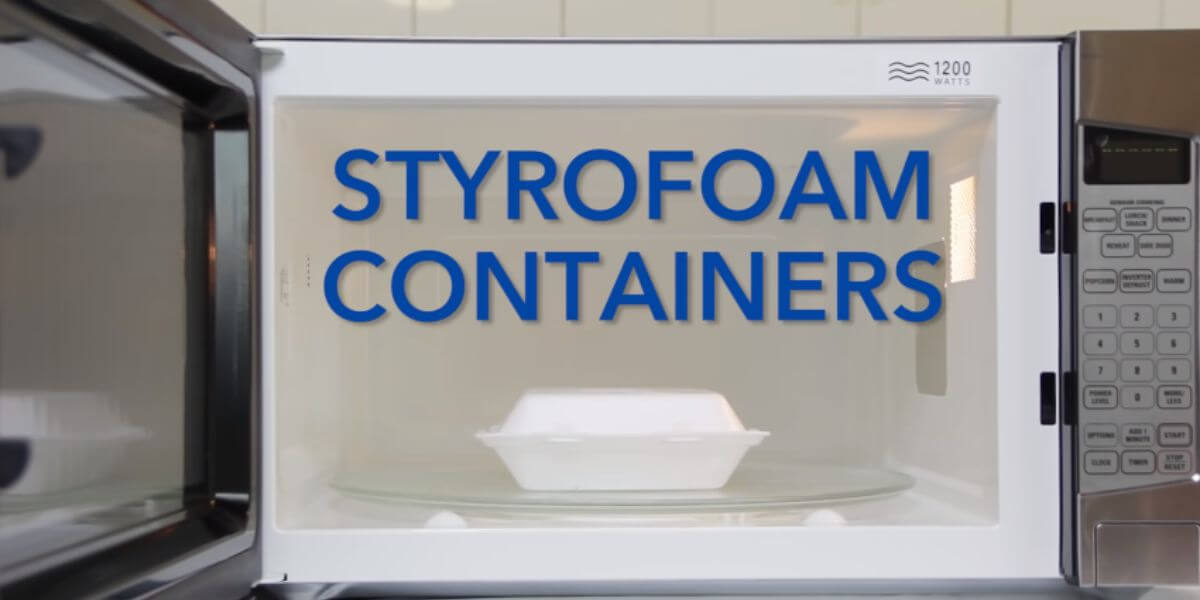Toaster Oven vs Microwave: Choosing the Best Kitchen Appliance
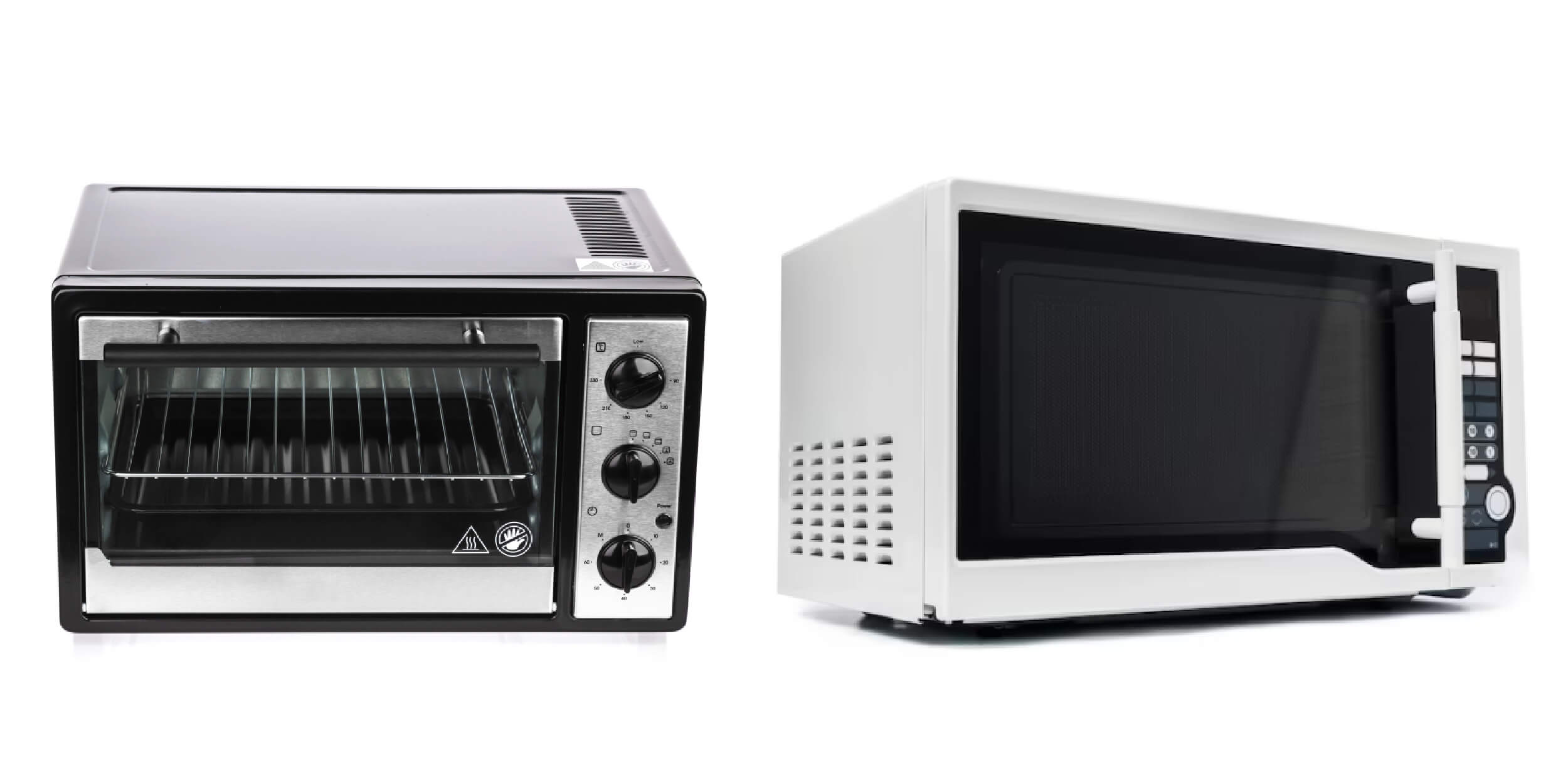

In today’s modern kitchen, efficient appliances are essential for convenience and time-saving. Two popular options for heating and cooking food are toaster ovens and microwaves. While both appliances serve similar purposes, they have distinct differences that can significantly impact their functionality and performance. In this article, we will compare toaster oven vs microwave, highlighting their features, benefits, and limitations to help you decide when choosing the perfect kitchen appliance.
What is a Toaster Oven?
A toaster oven is a compact kitchen appliance that combines the functionality of a toaster and an oven. It typically features a heating element on both the top and bottom, allowing for even cooking and toasting. Toaster ovens come in various sizes, from small countertop models to larger units suitable for cooking entire meals. They offer a range of temperature settings and cooking modes, including baking, broiling, toasting, and reheating.
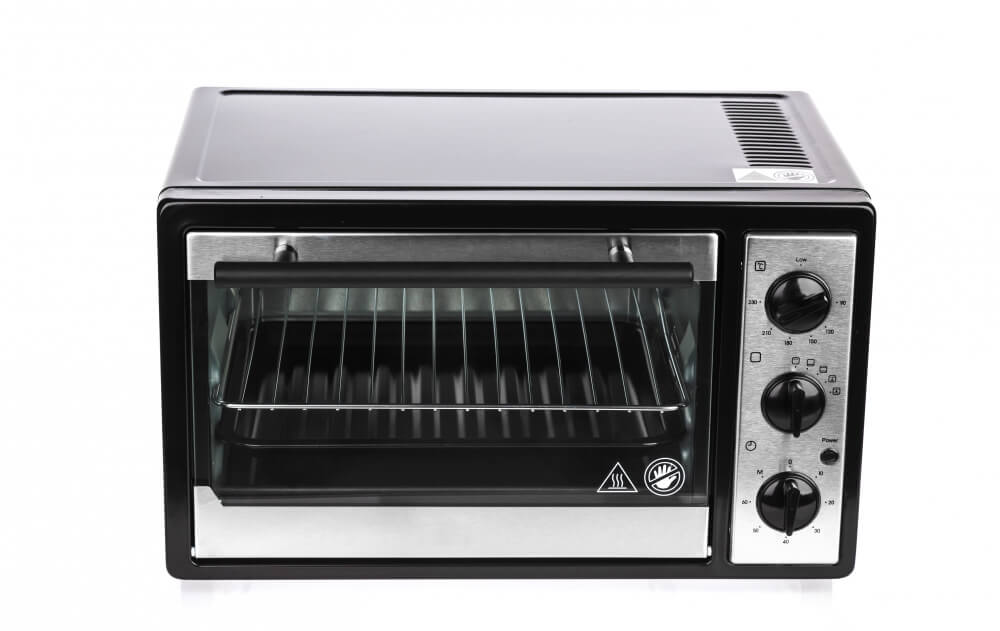
What is a Microwave?
On the other hand, a microwave is an appliance that uses electromagnetic waves to heat food quickly. It emits microwaves that penetrate the food and excite water molecules, generating heat. Microwaves are known for their speed and convenience, ideal for reheating leftovers, defrosting frozen food, and cooking certain dishes. They come in different sizes and wattage capacities, with various preset cooking functions.


Heating Performance
Regarding heating performance, toaster ovens, and microwaves have different approaches. A toaster oven relies on radiant heat from the heating elements, which allows for more precise temperature control. It excels at toasting bread evenly and provides a crisp texture to food. Microwaves, on the other hand, heat food by exciting water molecules, resulting in quick and even heating throughout the dish. They are particularly efficient when it comes to reheating leftovers.
Cooking Options
Toaster ovens offer several cooking options, making them versatile appliances in the kitchen. They can bake cookies, roast vegetables, broil steaks, and even cook pizzas. Convection cooking, which utilizes a fan to circulate hot air for quicker and more even cooking, is one of the extra features available on some models. Microwaves are primarily designed for reheating and quick cooking tasks. While they may not offer the same variety of cooking methods as toaster ovens, they are incredibly efficient for tasks like defrosting, steaming, and popping popcorn.
Energy Efficiency
Choosing kitchen appliances requires careful consideration of their energy efficiency. Toaster ovens are generally more energy-efficient than microwaves, especially when cooking small portions or shorter durations. Since toaster ovens use radiant heat, they can save energy by preheating quickly and distributing heat evenly. On the other hand, microwaves can heat food faster, reducing overall cooking time and energy consumption.
Cooking Results
Toaster ovens and microwaves produce different cooking results due to their distinct heating methods. A toaster oven provides a crisp and browned texture, ideal for achieving a golden crust on baked goods or roasted meats. It allows more control over cooking time and temperature, making delicious and visually appealing dishes. Microwaves, while efficient for quick cooking and reheating, may provide a different level of browning or crisping. They are better suited for tasks that prioritize speed and convenience.
Versatility and Functionality
In terms of versatility and functionality, toaster ovens have the upper hand. Their various cooking modes and temperature settings can handle multiple recipes and cooking techniques. From baking desserts to toasting sandwiches, a toaster oven can be a versatile companion in the kitchen. Microwaves, on the other hand, excel in convenience and speed. They are perfect for busy individuals who need to heat or cook food quickly without much hassle.
Space and Portability
Regarding space and portability, microwaves are more compact and lightweight than toaster ovens. Microwaves are designed to fit on countertops or be mounted above a stove, making them suitable for kitchens with limited space. Toaster ovens, while still relatively compact, require more counter space due to their additional cooking functions and larger interior capacity. However, some toaster ovens offer space-saving features like built-in storage or the ability to stack items on top.
Safety Features
Both toaster ovens and microwaves come with safety features to ensure user protection. Toaster ovens often include automatic shut-off timers, cool-touch exteriors, and removable crumb trays for easy cleaning. Microwaves typically have child lock features, ventilation systems to prevent overheating and sensors that detect potential issues. It’s essential to consider these safety features and choose an appliance that meets your specific needs and concerns.
Maintenance and Cleaning
Maintenance and cleaning requirements vary between toaster ovens and microwaves. Toaster ovens usually require more cleaning due to their removable parts and interior surfaces. However, many toaster ovens come with non-stick coatings or easy-to-clean materials, making the process more manageable. Microwaves are relatively easier to clean, usually requiring a wipe-down of the interior and exterior surfaces. Some microwaves also have removable turntable trays that can be washed separately.
Cost Considerations
Cost is substantial when deciding between a toaster oven and a microwave. Generally, microwaves are more affordable than toaster ovens, especially for basic models with fewer features. Toaster ovens with advanced functionalities like convection cooking or larger capacities are more expensive. It’s essential to consider your budget and the specific features you require to make an informed purchasing decision.
Environmental Impact
Regarding the environmental impact, toaster ovens are considered more eco-friendly than microwaves. Toaster ovens consume less energy for small portions or shorter cooking times. Additionally, the radiant heat produced by toaster ovens requires less energy than microwaves’ electromagnetic waves. However, it’s important to note that microwaves are more energy-efficient for specific tasks like reheating or cooking smaller quantities.
Which One Should You Choose (Toaster Oven vs Microwave)?
Selecting between a toaster oven and a microwave ultimately depends on your needs and cooking preferences. If you enjoy baking, roasting, and experimenting with various recipes, a toaster oven would be a great addition to your kitchen. It offers versatility, precise temperature control, and achieving crispy and evenly cooked dishes. On the other hand, if you prioritize speed, convenience, and quick reheating, a microwave would be the ideal choice. It excels in tasks like defrosting, steaming, and heating leftovers.
Recommended Toaster Oven to Buy
Breville BOV845BSS Smart Oven Pro
This toaster oven offers a spacious interior and 10 preset cooking functions. It ensures precise temperature control with its Element IQ technology. The Smart Oven Pro is known for its performance, versatility, and durability. It also features a convection setting for faster and more even cooking.
PROS
CONS
Cuisinart TOA-60 Convection Toaster Oven Air Fryer
This toaster oven combines the functionalities of a toaster oven and an air fryer. It comes with seven cooking functions and a convection fan for quick and even cooking. The TOA-60 allows you to achieve crispy results using the air fryer function with less oil. It offers a large capacity and user-friendly controls.
PROS
CONS
Hamilton Beach 31103A Countertop Oven with Convection and Rotisserie
This versatile toaster oven offers convection and rotisserie cooking capabilities. It has got a spacious interior that can accommodate a 12-inch pizza or two 9″ x 13″ casseroles. The 31103A comes with adjustable temperature and timer settings, making it easy to achieve precise control. It also includes a rotisserie function, making it ideal for roasting meats.
PROS
CONS
Recommended Microwave to Buy
Panasonic NN-SN966S Countertop/Built-In Microwave
This microwave offers a spacious interior and a power output of 1250 watts. It uses advanced inverter technology for precise cooking and reheating. The stainless steel design adds a modern touch to your kitchen.
PROS
CONS
LG LCRT2010ST Countertop Microwave Oven
This countertop microwave oven has a capacity of 2.0 cubic feet and a power output of 1200 watts. It features TrueCookPlus technology, which allows you to cook food perfectly by scanning the barcode on the food packaging. The stainless steel construction adds a sleek and modern touch.
PROS
CONS
Samsung MS11K3000AS Countertop Microwave
This countertop microwave has a 1.1 cubic feet capacity and a 1000-watt power output. It features sensor cooking technology that automatically adjusts cooking time and power levels based on the food’s moisture content. The stainless steel exterior provides a modern look.
PROS
CONS
Conclusion
In conclusion, both toaster ovens and microwaves have their own set of advantages and limitations. Understanding their features, benefits, and differences is crucial in selecting the perfect kitchen appliance. Consider factors such as heating performance, cooking options, energy efficiency, cooking results, versatility, space requirements, safety features, maintenance, cost, and environmental impact. By evaluating these aspects, you can make an informed decision that aligns with your cooking style and preferences.
Frequently Asked Questions
Can I use a toaster oven for all the tasks a microwave can do?
While toaster ovens offer versatility in cooking, they may only be suitable for some tasks a microwave can perform. Toaster ovens are better for baking, toasting, and roasting, while microwaves excel at quick reheating, defrosting, and specific cooking methods.
Are toaster ovens more expensive to operate than microwaves?
Toaster ovens are generally more energy-efficient than microwaves, primarily for shorter durations or smaller portions. This can result in lower operating costs over time.
Can I use metal cookware in a microwave?
No, metal cookware should not use in a microwave as it can cause sparks and damage to the appliance. Stick to microwave-safe containers made of glass, ceramic, or microwave-safe plastics.
How long does it take to preheat a toaster oven?
The preheating time for a toaster oven varies depending on the model and desired temperature. It takes about 5 to 10 minutes to preheat a toaster oven.
Can I cook a frozen pizza in a microwave?
While it’s technically possible to cook a frozen pizza in a microwave, the result may not be as satisfactory as a toaster or conventional oven. The crust may not turn out crispy, and the texture may differ.
